The Artic wolf is a subspecies of grey wolf with a distinct white coat. This coat color is not unknown among other wolf subspecies, but nearly all Arctic wolves are white, which differs greatly from any other wolf subspecies.
Arctic wolves are one of a whopping 38 subspecies of grey wolves, each with its own unique appearance, range, and behavior. Read on to learn about the Arctic wolf.
Description of the Arctic Wolf
Arctic wolves have white fur, which helps them blend in with the snowy environment around them. Compared to other subspecies of wolves, they have smaller ears, shorter legs, and smaller muzzles. Their fur, however, is dense and long in comparison to other subspecies. At their longest they can grow to nearly 6 ft. long, including their tail.
Interesting Facts About the Arctic Wolf
This subspecies is an incredibly hardy creature. They have multiple adaptations to help them survive in the frigid Arctic environment, learn more about these adaptations below.
- The Better to Hear You With – Arctic wolves have smaller ears than other wolf subspecies. Large ears, like those of hares, help animals in hot environments because they help reduce the body temperature. This is because the blood vessels are very close to the surface of the skin, which allows the blood to cool as it passes close to the outside air. The very opposite is true in cold environments. Smaller ears help reduce heat loss and keep Arctic wolves warm.
- The Better to See You With – Unlike their “grey” cousins, Arctic wolves have all-white fur. The white coat makes it difficult for prey to see wolves compared to the snow around them. This beautiful coat is quite long and dense, and works very well against the freezing cold temperatures of the Arctic. Good thing too, because in some areas of this subspecies’ habitat, the temperatures drop to -70º F!
- The Better to Touch You With – These wolves also have dense fur in between the pads of their toes. The bottom of wolves’ feet can get quite cold, and if they did not have dense fur in between the pads they could get frostbite! This adaptation protects the wolves’ feet from the permanently frozen ground in the Arctic, known as permafrost.
Habitat of the Arctic Wolf
It’s all in the name, Arctic wolves live in Arctic habitats. The Arctic is extremely cold, with frozen ground and lots of snow for the vast majority of the year. Their winters are long, and their summers extremely brief and not particularly warm.
Their tundra habitats have large, open expanses without any vegetation. Because the ground is permanently frozen, instead of digging dens, Arctic wolves seek the shelter of caves and rocky outcrops.
Distribution of the Arctic Wolf
Most Arctic wolves live above the latitudes of 67º North, essentially, in the Arctic. They live in the Arctic regions of North America and Greenland. Outside of zoos, this subspecies does not live anywhere else in the world.
Diet of the Arctic Wolf
Prey is few and far between in the Arctic, so Arctic wolves have incredibly large territories and work together to capture prey. Their primary target is the musk ox, but they also eat caribou and Arctic hares frequently as well.
When they have the opportunity, they also hunt seals, lemmings, ptarmigan, and other nesting birds. Particularly while hunting musk oxen, these wolves have to work closely together to bring down large and potentially dangerous prey.
Arctic Wolf and Human Interaction
These wolves do not interact with humans very frequently. In the frigid, harsh, frozen habitats of the Arctic Circle, very few humans penetrate the freezing conditions to study and see these creatures.
Because of this, Arctic wolves are the most stable subspecies of wolf. However, this does not mean they do not face danger. Climate change is impacting the Arctic, and this subspecies’ primary prey species and habitat.
Domestication
Humans have not domesticated Arctic wolves in any way.
Does the Arctic Wolf Make a Good Pet
No, Arctic wolves do not make good pets. Though they are distantly related to domestic dogs, they are wild animals and quite dangerous if threatened.
Arctic Wolf Care
In zoos, these wolves can only be kept in proper conditions. They usually live in very cold habitats, and thus they can only live in cold environment or temperature-controlled habitats. Zookeepers provide them with large enclosures and plenty of space to exercise.
Because they are social animals, they must live in small packs. The keepers also feed them a commercially produced ground meat made especially for zoo carnivores, and large bones to chew and break apart.
Behavior of the Arctic Wolf
This wolf subspecies, like most other grey wolves, is social. They live in groups called packs, which vary in size between five and eight wolves.
Most wolf packs are actually an extended family, which consists of a breeding pair and their offspring from the past year or two. When the wolf pups grow old enough, they strike off in search of their own mate and territory to create their own pack.
Reproduction of the Arctic Wolf
Because the rest of the pack members are the offspring of the breeding pair, they usually do not reproduce until they leave and create their own pack. After mating, the female has a gestation period of 63 days and gives birth to 5 or 6 pups.
She gives birth in a cave or rocky outcrop, and the pups stay in this den until they are 3 – 6 weeks old. The pups are fully grown by the time they are 8 months old, but remain with the pack for several years.
Beliefs, Superstitions, and Phobias About the Arctic Wolf
There are many superstitions and beliefs about wolves in general. However, Arctic wolves in particular are not usually the subject of these superstitions. Because they are so far from human habitations, it is rare for them to interact with people. This actually protects them from much of the persecution of the other grey wolf subspecies.


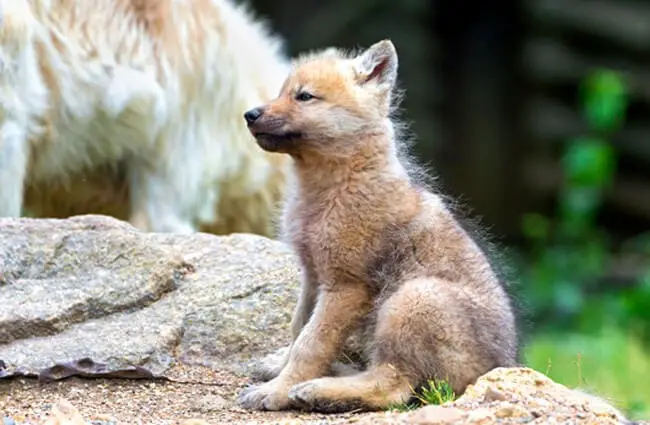



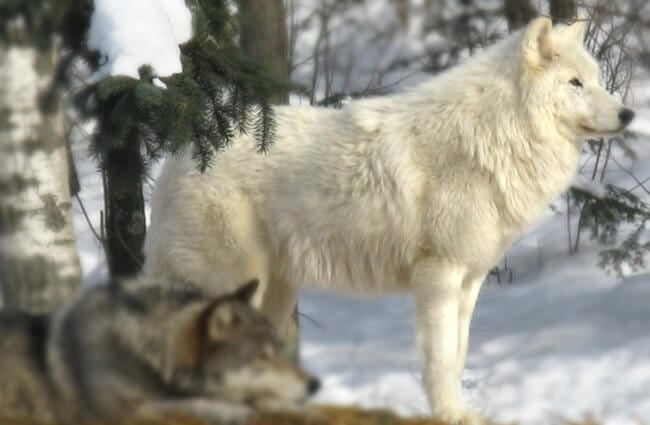
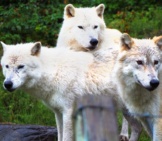

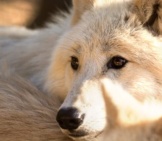
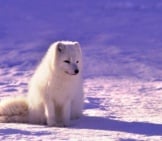

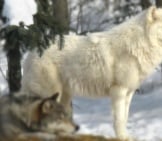
![Red Angus Closeup of a beautiful Red Angus cowPhoto by: U.S. Department of Agriculture [pubic domain]https://creativecommons.org/licenses/by/2.0/](https://animals.net/wp-content/uploads/2020/03/Red-Angus-4-238x178.jpg)












![Red Angus Closeup of a beautiful Red Angus cowPhoto by: U.S. Department of Agriculture [pubic domain]https://creativecommons.org/licenses/by/2.0/](https://animals.net/wp-content/uploads/2020/03/Red-Angus-4-100x75.jpg)

